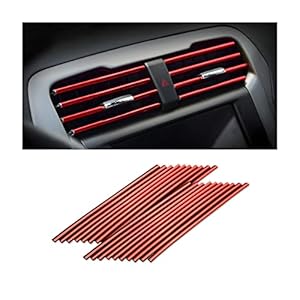BMW was one of many first automakers to experiment with hydrogen, starting within the late Seventies. It began with a 5 Sequence (E12), developed in collaboration with the German Aerospace Analysis Institute. The 520h retained a combustion engine tailored to run on each gasoline and hydrogen. Subsequent prototypes additionally burned gasoline. There was a 7 Sequence (E23) in 1980, one other 7er (E32) in 1988, adopted by the better-known 750hL (E38) in 2000, powered by a mighty V12.
The V12-powered Hydrogen 7 (E65) is probably the most recognizable BMW hydrogen automobile, though the H2H Document Automobile additionally garnered consideration with its twelve-cylinder engine. Nevertheless, it has been a very long time for the reason that German luxurious automaker moved away from hydrogen-powered combustion engines, shifting focus as an alternative to gas cells. Why the change?
Juergen Guldner, Common Program Supervisor of Hydrogen Expertise, defined BMW’s deal with gas cell hydrogen to Driving Hydrogen journal. He cited packaging constraints, noting {that a} combustion engine occupies vital area underneath the hood: “Given restricted area in passenger automobiles, this makes gas cells the good selection [compared to ICE].” Whereas he acknowledged {that a} combustion engine may make extra sense in a truck, he emphasised that gas cells are the popular answer for automobiles.
Effectivity additionally performed a big position within the resolution. BMW deserted hydrogen combustion engines as a result of gas cells provide “about two-thirds extra vary in comparison with combustion.” Refueling occasions are comparable, with Guldner stating the whole course of takes simply 3–4 minutes.
Apparently, Guldner didn’t solely dismiss the concept of a high-performance M hydrogen automobile with a combustion engine. Whereas engineers should not presently growing such a powertrain, it stays a risk: “We’ll see what the longer term holds.”
However why is BMW pursuing a hydrogen automobile in any respect? Scheduled for a 2028 launch, the upcoming mannequin is broadly anticipated to be the iX5, primarily based on the next-generation X5 (G65) that’s set to reach subsequent 12 months. Guldner argues that battery-powered EVs should not appropriate for everybody, primarily because of the underdeveloped charging infrastructure.
A hydrogen automobile additionally makes use of fewer uncommon earth parts in comparison with a standard electrical automobile, lowering environmental pressure. The mass adoption of battery EVs will drive up demand for lithium and cobalt, whereas gas cells are much less resource-intensive.
BMW is assured that its 2028 hydrogen automobile, developed in partnership with Toyota, can be as protected as any mannequin in its lineup. Guldner additionally claims hydrogen refueling is “less complicated and cleaner than filling up with petrol,” providing one other clear benefit.
That stated, the corporate’s first hydrogen mannequin is unlikely to be obtainable globally. As of 2024, there have been solely simply over 1,000 refueling stations worldwide. The iX5 will doubtless be bought in California, the place Toyota has provided the Mirai for years, albeit with restricted success.
Regardless of the infrastructure challenges, BMW believes “the timing is correct.”
Supply: Driving Hydrogen
Trending Merchandise

Hiseanllo Car Seat Gap Filler 2 Pack, Univers...

Mandark 4PCS Car Cup Holder Coasters, 2.75 In...










